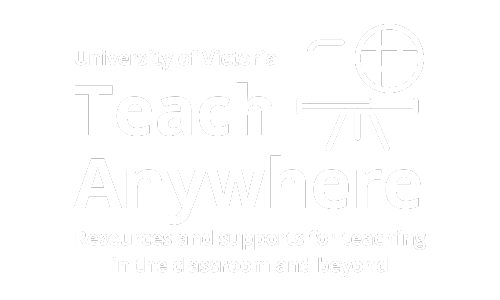In Theatre 111: Theatre History 1, Sasha Kovacs immerses students in the creative world of theatre history through videos, podcasts, and play texts to provide diverse perspectives on a range of early theatre practices. One such practice is exploring the use of Bunraku puppetry. With its intricate movements and expressive techniques, the traditional Japanese form offers a rich visual and kinetic learning experience. By providing paper puppets for manipulation, Kovacs enables students to engage with the material through touch and movement, making the concepts more tangible and understandable for those who may not fully grasp the information through visual or auditory means alone (1.3, 5.1). Kovacs introduces students to the form through descriptive videos, and then includes a 30-minute practical session for students to create mini-scenes that explore certain principles of puppet manipulation. This multimodal teaching strategy not only makes the content more accessible but also deepens students’ understanding by involving multiple senses in the learning process.
Kovacs’ methodology goes beyond just the tactile and visual aspects of Bunraku puppetry, by actively seeking ways to make the material more engaging and accessible. This is especially important when dealing with older plays and poetic forms that can be challenging for students to access and understand. By including contemporary adaptations of these plays, students can comprehend and relate between historical and modern contexts. This approach not only respects the original work but also considers the relevance to modern day theatre students (7.2).

Alexandra (Sasha) Kovacs
Theatre
